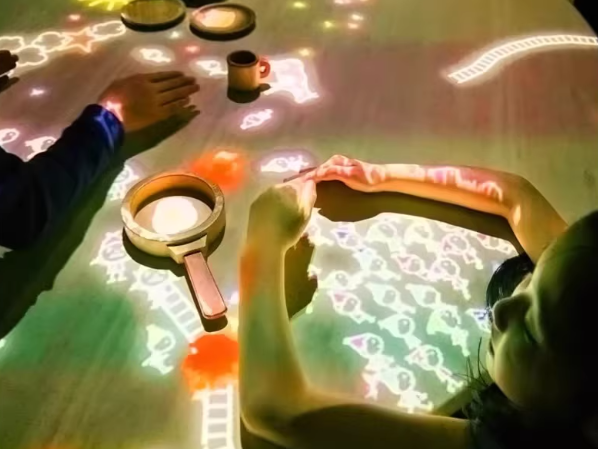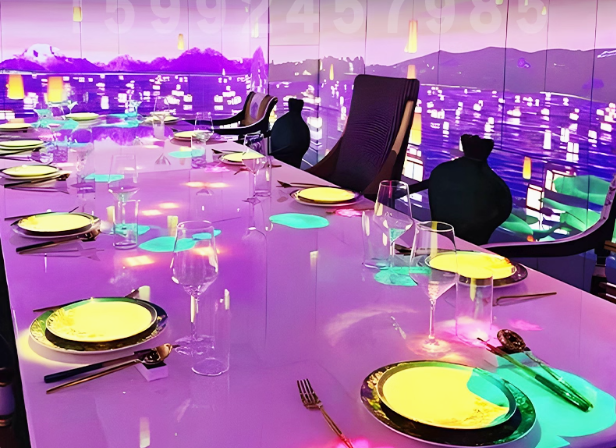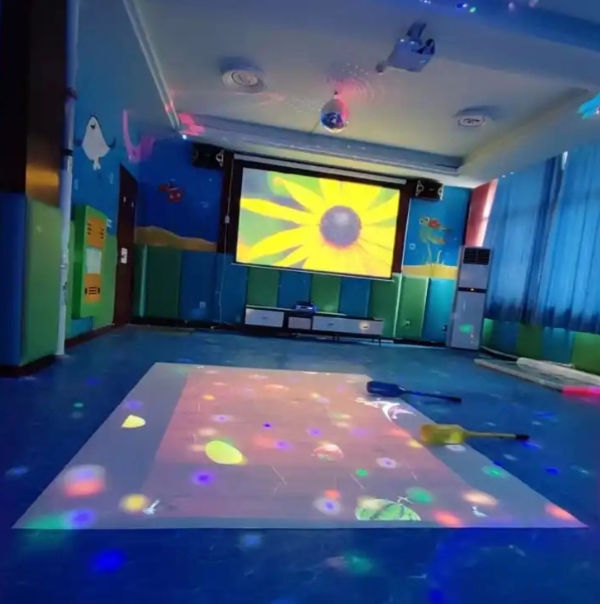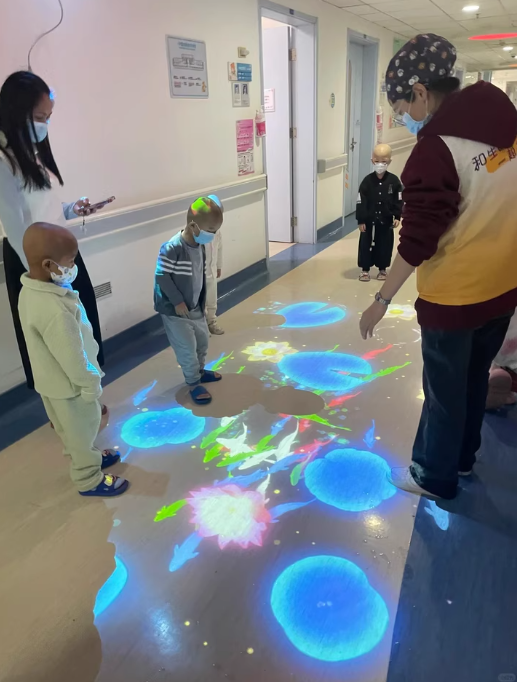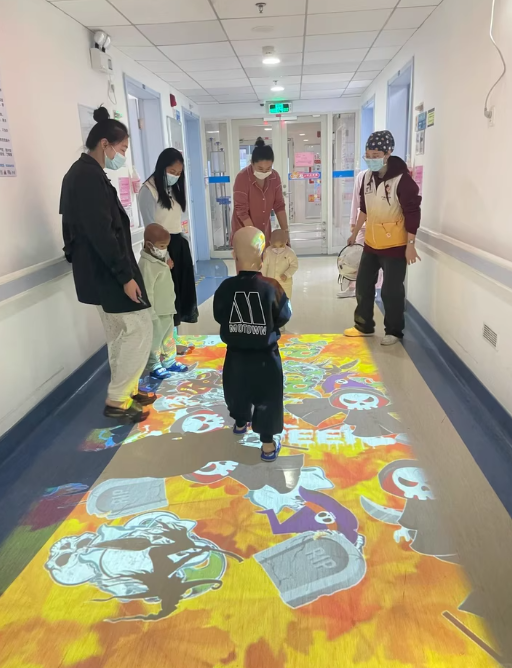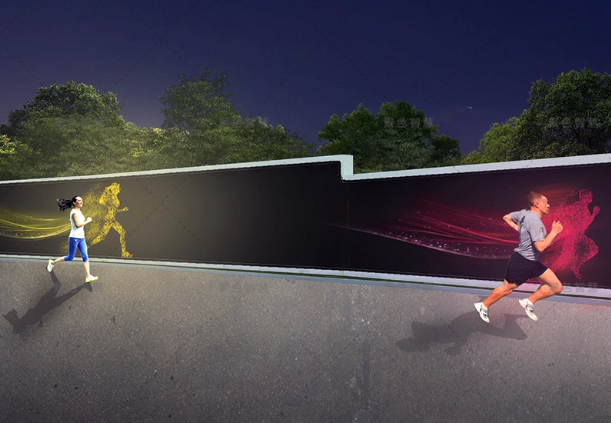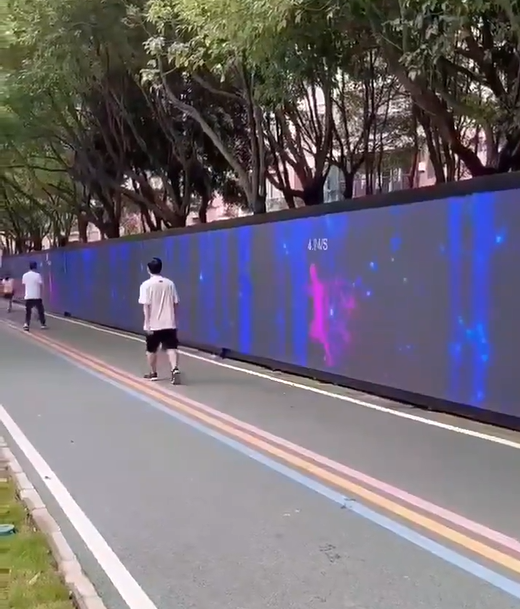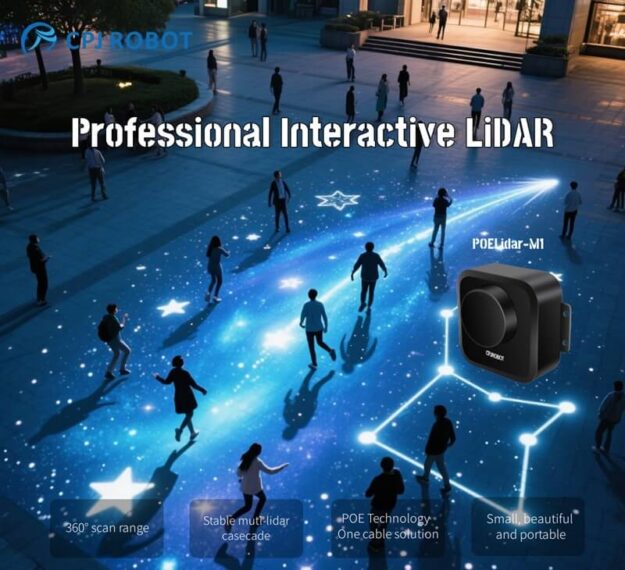Common Issues When Connecting PoE LiDAR to Unity via TUIO Protocol
Introduction The combination of PoE LiDAR sensors and Unity 3D creates powerful interactive projection and gaming experiences. By leveraging the TUIO protocol, LiDAR can output multi-touch data directly into Unity, enabling immersive installations for museums, shopping malls, and entertainment venues. However, engineers and developers often face several challenges during setup. This article explores the most…



